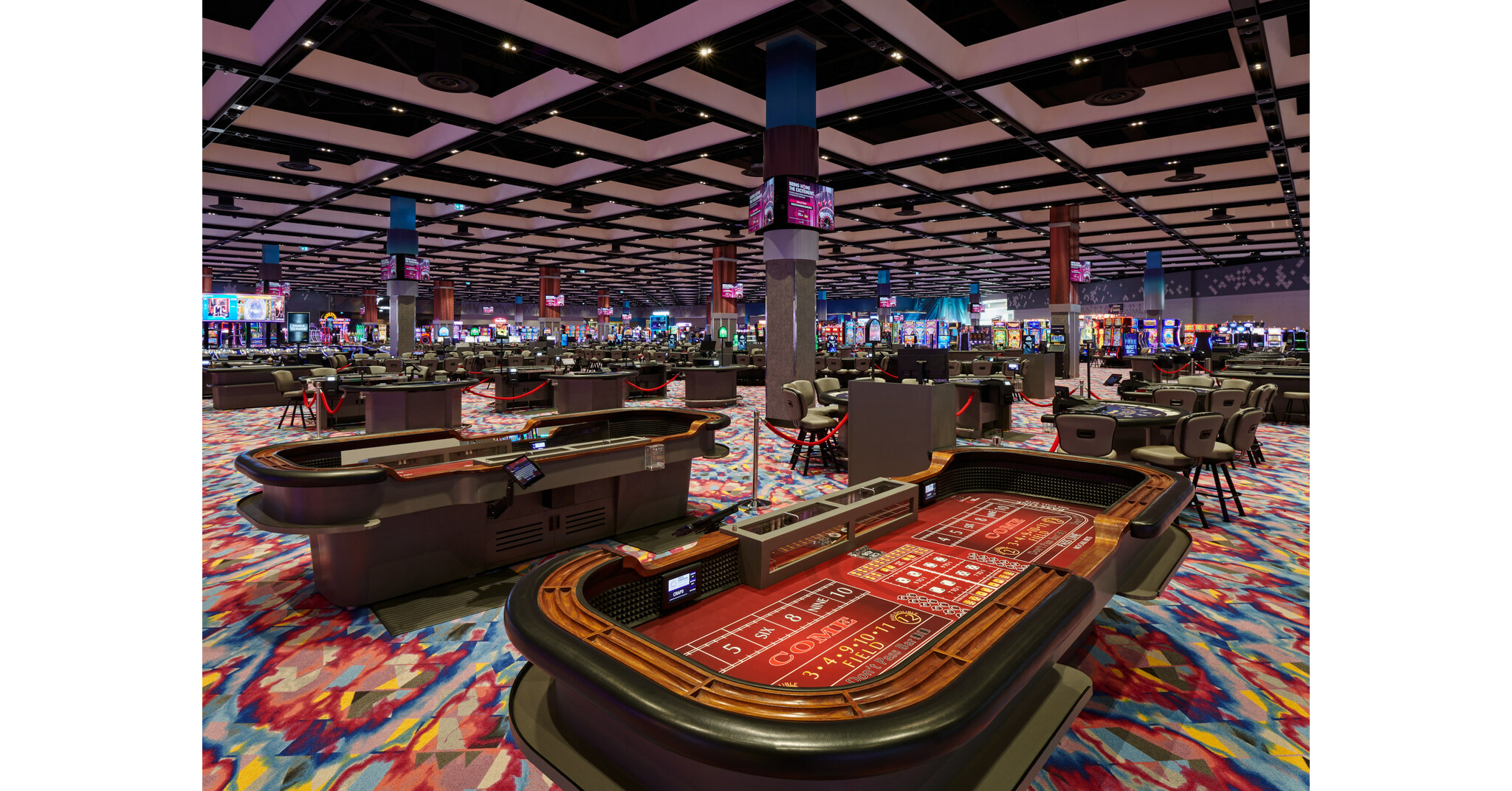
Within the dynamic and stimulating world of casinos, wherein fortune and tactics intertwine, hues and design play a key role in attracting gamblers. From the moment players step into a casino or access a gaming platform, they are enveloped in a visual feast that captures their attention and lures them to discover further. Bright colors, engaging graphics, and creative layouts are carefully crafted to create an environment of thrill and anticipation, ultimately improving the gaming experience.
While gamblers navigate through the ever-changing landscape of casino games, they encounter a range of designs that not only serve aesthetic purposes but also affect emotions and choices. Colors like scarlet and gold symbolize wealth and luck, while calm navy and greens can create a more tranquil environment. Understanding how these elements work together allows casinos to create an welcoming and stimulating atmosphere that encourages players to interact with the games, invest additional time at the tables, and boost their general enjoyment.
The Study of Hue in Gaming Establishments
Tint plays a critical role in the development of gaming experiences, shaping player emotions and behaviors. Vivid and vibrant colors, such as red and gold, are often used to ignite enthusiasm and capture attention. These colors create a feeling immediacy and dynamism, encouraging players to engage more eagerly with the game. By thoughtfully selecting colors, creators aim to elicit feelings of satisfaction and excitement, which can enhance the complete gaming experience.
Various hues also have psychological associations that can affect how gamblers perceive their odds of winning. For case, emerald is often associated with fortune and wealth, making it a well-liked choice in activities like the roulette wheel and poker tables. This association can result gamblers to feel more optimistic and self-assured in their gaming, ultimately encouraging them to bet more. Grasping these links allows game designers to create environments that enhance player enjoyment and loyalty.
Moreover, the interface of gambling game interfaces often utilizes color gradients and contrasting shades to guide players’ actions. For example, successful results may be highlighted with bright, differing shades, creating a visual cue. 9bet This technique reinforces favorable outcomes and supports repeated gameplay. By utilizing the psychology of color, gaming venues can design games that not only captivate gamblers but also maintain them involved and invested in their game experience.
Design Elements that Attract Players
The visual appeal of gambling games is primarily influenced by the use of bold colors. Lively and contrasting colors are deliberately chosen to create an appealing atmosphere that captures attention. For instance, reds and golds often signify good fortune and prosperity, which is why they are prevalent in the color schemes of slot machines and table surfaces. These colors not only attract players in, but they also evoke emotions associated with thrill and anticipation, enhancing the overall gaming experience.
In addition to color, the design and organization of gambling games play a significant role in player attraction. Games are designed to be intuitive, ensuring that players can easily understand the rules and mechanics. Accessible interfaces, along with engaging graphics and animations, help maintain player interest and encourage longer play sessions. The physical elements, such as the texture of the buttons and the sounds of the games, also add to a holistic sensory experience that keeps players engaged.
In conclusion, thematic elements in gaming design can greatly influence player choice. Many gambling games are inspired by popular culture, fairy tales, or adventure themes, incorporating symbols and characters that resonate with players. These themes create a sense of immersion and connection, making each game feel distinct. When players feel a bond to the concept, they are more likely to choose that game over others, leading to higher participation and enthusiasm within the gambling environment.
Case Studies: Effective Casino Slot Designs
One noteworthy example of effective gambling game design is the well-known slot machine series themed around hit movies. Games such as those based on the Wizard of Oz and Game of Thrones utilize dynamic colors and high-quality graphics to immerse players in well-known narratives. The use of lively visuals and engaging sound effects captures the interest of players, establishing an affective connection to the theme. This tactic not only fosters longer play but also boosts the overall gaming experience, leading to increased player retention.
Another effective case is the application of color psychology in table games like 21 and roulette. Casinos often design these games with rich reds and greens, colors traditionally connected with luck and wealth. For instance, the green felt on a 21 table provides a relaxing effect, while the crimson accents in the wheel invite excitement. This intentional use of color helps to create an inviting atmosphere that stimulates players to join in, addressing their psychological impulses and enhancing their enjoyment.
Finally, online casino games that feature community features and vivid, dynamic designs have seen remarkable success in engaging players. Games like Zynga Poker and Slotomania leverage striking colors and playful animations to create an inviting online environment. The integration of leaderboards, social sharing options, and in-game rewards encourages competition and community, pulling players in for longer sessions. Such designs not just make the games visually enticing but also underscore social interaction, a key factor in player retention and engagement within digital casino environments.